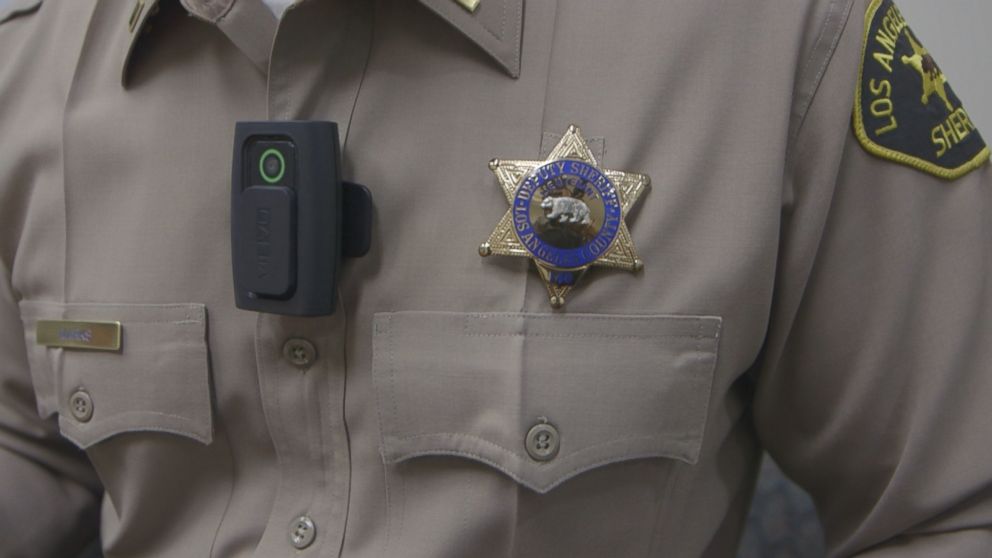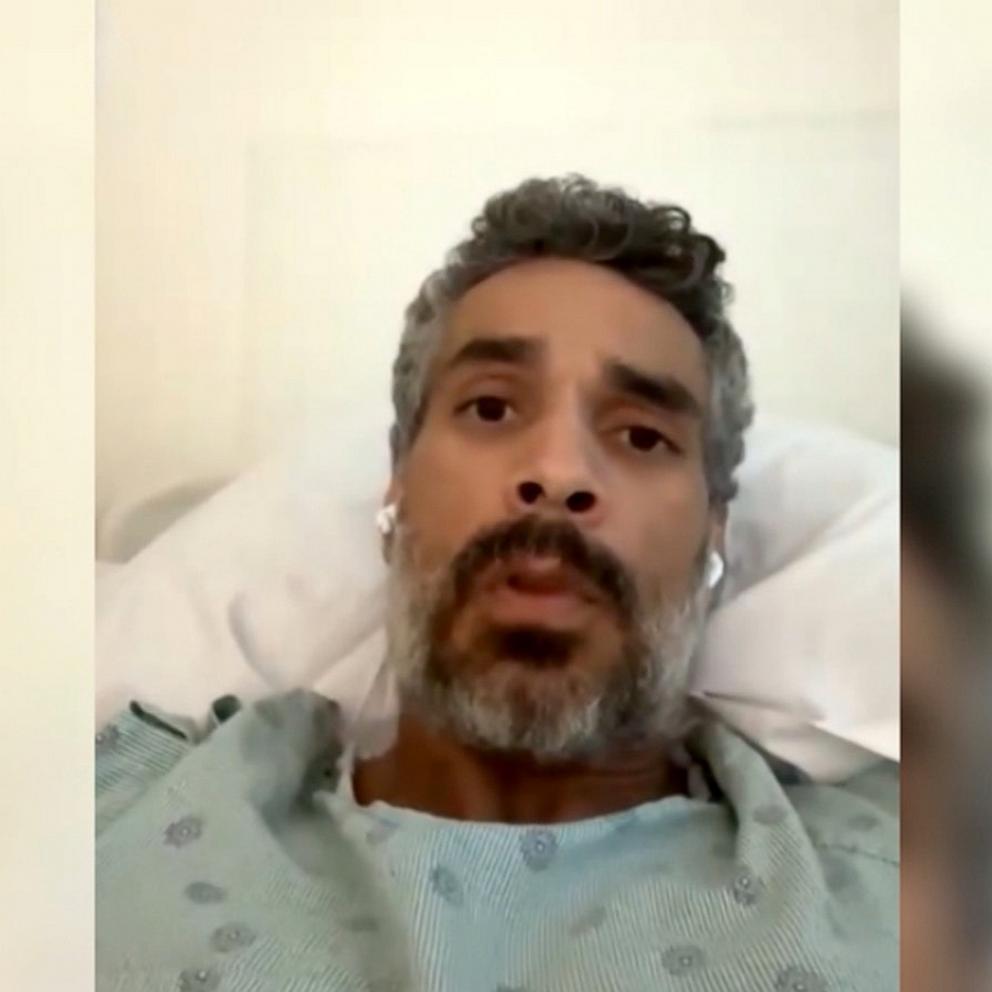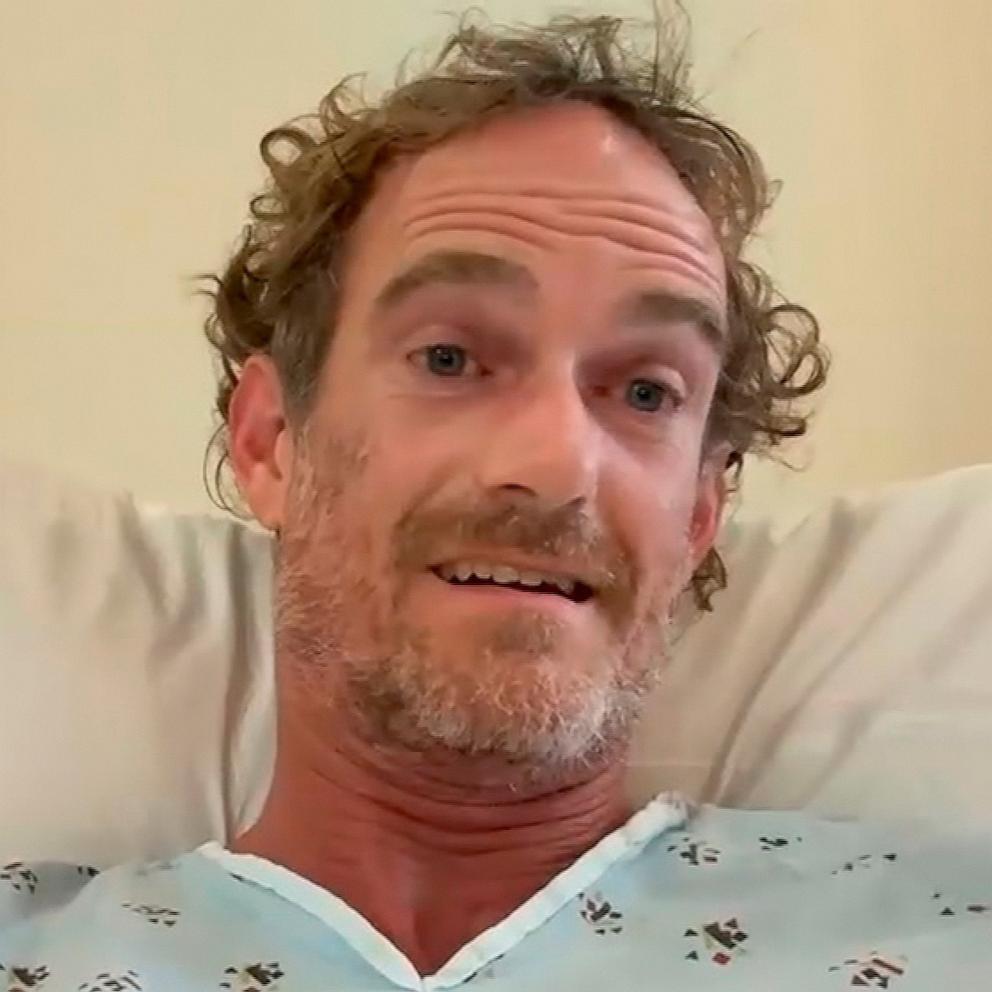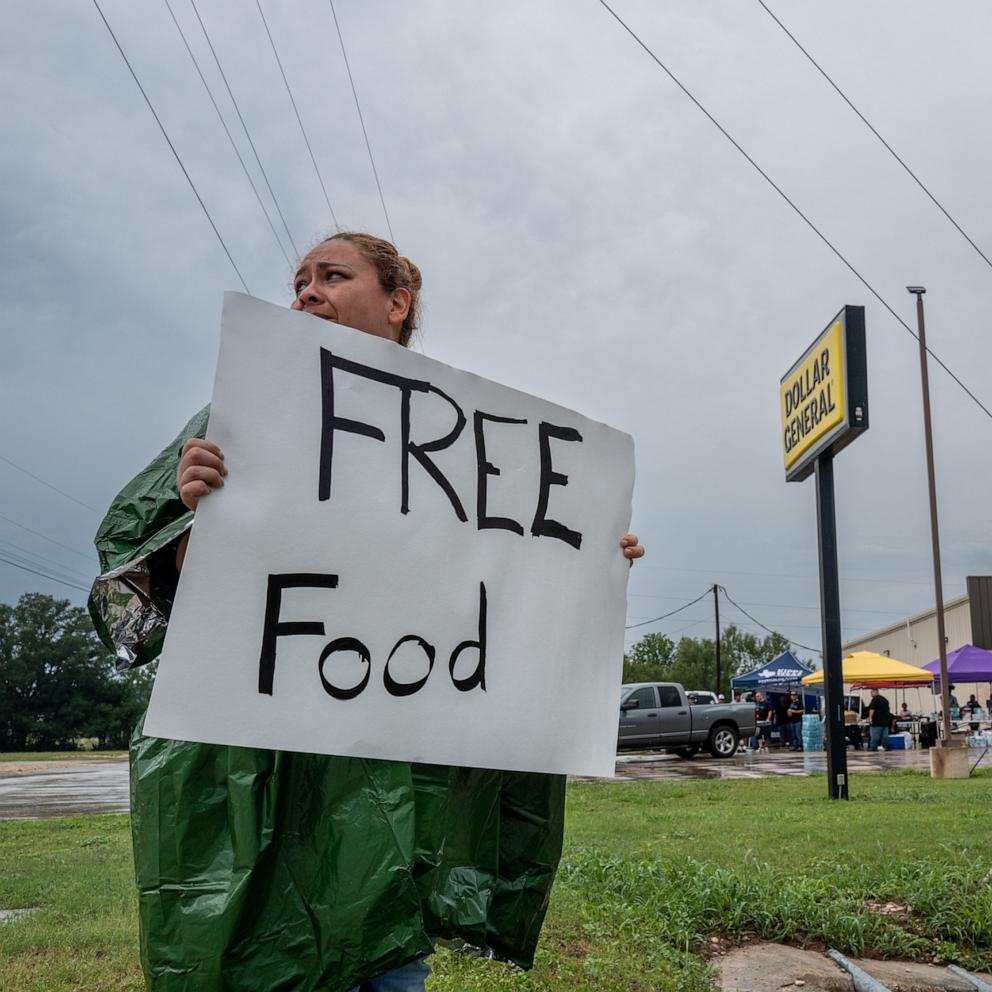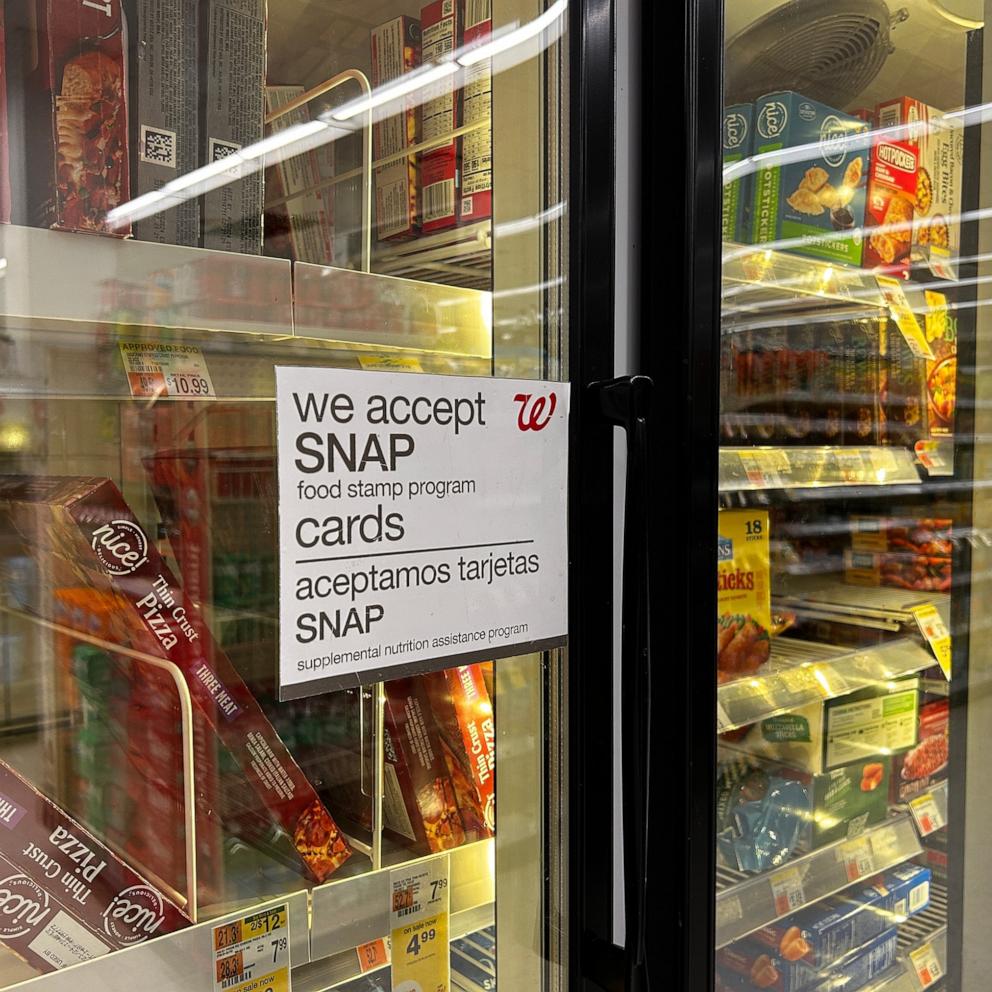Police Departments Are Buying Body Cams, and Officers Don't Have to Tell You When They're Recording
— -- In Celina, Texas, dash-cam footage taken from the hood of a police cruiser seems to show an arrest gone horribly wrong. The officer orders the suspect to “put your hands behind your back,” then suddenly seems to tackle him and wrestle him to the ground face down.
The officer’s reaction escalates for no obvious reason, at least from the dash cam perspective.
The footage taken from the tiny body camera the officer was wearing that day tells an entirely different story.
From the body camera view, the footage shows the suspect compliant at first. Then he appears to sucker punch the officer, provoking the tackle. The dash-cam footage doesn't show the punch, just the sudden overpowering response.
Two cameras. Same scene. Two very different versions of events.
Camera footage, especially from citizen cell phones, has shined a harsh spotlight on police tactics, making for some uncomfortable questions for police in recent years.
This past July, a Staten Island man named Eric Garner was killed when an officer held him in a choke hold for selling illegal cigarettes. A bystander’s cell phone captured Garner repeatedly screaming, “I can’t breathe,” before he died.
Sometimes there is no footage to prove what happened either way. That’s part of the issue in Ferguson, Missouri, where police have been hard pressed to refute allegations that Officer Darren Wilson used excessive force when he shot and killed 18-year-old Michael Brown.
Was Brown trying to surrender with his hands in the air, as some eyewitnesses say, or did Brown attack Wilson, justifying the use of deadly force? It’s impossible to know because there’s no firsthand video of the scene.
A grand jury is wrestling with those questions now and the Missouri governor has declared a state of emergency in anticipation that the outcome of the jury’s decision could spark violence.
The desire to have clear evidence of what takes place in an encounter between law enforcement and the general public is why police departments across the country are now investing in body cameras.
The Los Angeles Police Department has started a pilot program with body camera devices, which are about the size of a pack of cigarettes and worn, like a police radio, on the officer’s shirtfront.
The LAPD is still haunted by one of the most notorious police beatings ever caught on camera, the assault on Rodney King, which resulted in ferocious riots more than 20 years ago. It’s a big reason why LAPD Chief Charlie Beck, who wears his body camera on his chest, is eager for his department to embrace this technology.
He believes in a few more years, body cameras will be standard issue for police officers.
“In a couple of decades ... every public safety employee, police officers, firefighters, paramedics, everybody will have them,” he said. “I think it improves behavior on both sides of the camera, which is our goal.”
While having an incident caught on camera has its obvious benefits, Peter Bibring, the director of police practices for the ACLU, said having police officers wear body cameras also raises concerns about privacy.
